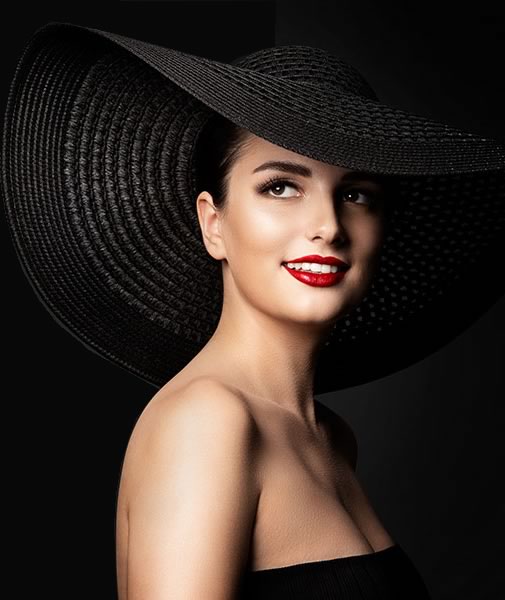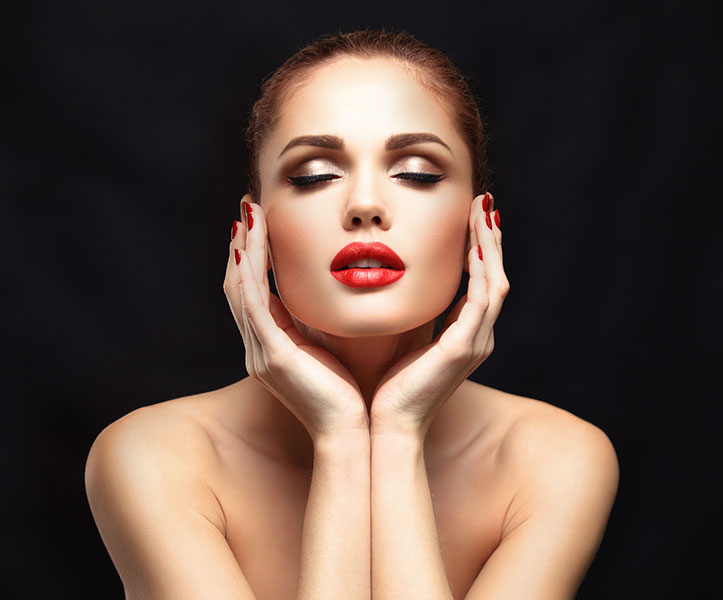 Today we are not going to discuss any scientific problems or surgical techniques. Today we are keeping it simple, keeping it real. Yet some of the simple facts in our topic might prevent you from enduring melanoma, surgery, and death. Orlando Cosmetic Surgery believes that what you do not know about sunscreen really can hurt you. That is why Dr. Orlando Ciclione, and his his staff, are presenting you with this “Sunscreen Primer.” Here are six updated facts you might not know about your sunscreen, and how to use it effectively.
Today we are not going to discuss any scientific problems or surgical techniques. Today we are keeping it simple, keeping it real. Yet some of the simple facts in our topic might prevent you from enduring melanoma, surgery, and death. Orlando Cosmetic Surgery believes that what you do not know about sunscreen really can hurt you. That is why Dr. Orlando Ciclione, and his his staff, are presenting you with this “Sunscreen Primer.” Here are six updated facts you might not know about your sunscreen, and how to use it effectively.
“Many people blame their sunscreen when they get sunburned,” says Susan Y. Chon, M.D., assistant professor in MD Anderson’s Department of Dermatology. “But the problem usually isn’t the sunscreen. It’s that the user isn’t reading the label and applying the sunscreen properly.”
Before heading outdoors into our beautiful Orlando sunshine, follow these tips for your protection.
1. Buy The “Right Stuff!”
Look for sunscreen that with both UV-A and UV-B protection. Experts say “This way, you’ll protect your skin from ultraviolet-B (UV-B) rays, which cause sunburns and skin damage, as well as ultraviolet-A (UV-A) rays that increase your risk for skin cancer.”
Hint: Your sunscreen should have zinc oxide or titanium dioxide because these are the essential ingredientsto assist in blocking both types of rays.
According to the Environmental Working Group, make certain that your sun screen ingredients do not include vitamin A. “Government data show that tumors and lesions develop sooner on skin coated with creams laced with vitamin A, also called retinyl palmitate or retinol.” Unbelievably, this is actually included in the ingredients of “one-fourth of all sunscreens reviewed by EWG. Avoid any sun product whose label says retinyl palmitate, retinol or vitamin A.”
Likewise, be sure your chosen sunscreen does not include the chemical, oxybenzone, “a synthetic estrogen that penetrates the skin and can disrupt the hormone system.”
2. Beware Of UV Rays Anywhere!
We would be remiss if we did not address the hot topic of the tanning bed, where the UV rays are just as dangerous as they are at the beach, if not more so. UV Rays are carcinogenic, therefore, tanning beds are carcinogenic. “Adolescents who use sunbeds have an increased risk of early-onset melanoma, recent research confirms (International Journal of Cancer). Melanoma risk is increased with earlier use of sunbeds and more than 10 lifetime tanning sessions. Many states are passing laws prohibiting the use of tanning beds by teens under the age of 18, because youthful skin is so susceptible to the melanoma threat.
The Australian Melanoma Family Study, demonstrated that odds ratio (OR) for developing melanoma was 1.41 for those who had never tanned and 2.01 for those who tanned 10 times or more. “In Seventy Six percent of the individuals diagnosed with melanoma between the ages of 18 and 29, their skin cancer was attributable to using indoor suntanning beds.
 There are even more chilling statistics associated with this hot topic: “Use of tanning beds before age 30 increases risk of melanoma by 75 percent,” said Donald Distasio, CEO, American Cancer Society of NY & NJ.
There are even more chilling statistics associated with this hot topic: “Use of tanning beds before age 30 increases risk of melanoma by 75 percent,” said Donald Distasio, CEO, American Cancer Society of NY & NJ.
We found so much research on thetopic of melanoma and teens, the “Tan Ban,” and new legislation, that we will be covering it in more detail in our next blog.
3. How is Sunscreen Like Golf?
Sunscreen must be applied liberally to bring you effective protection. Dr. Chon says, “For sunscreen to do its job effectively, you should apply one ounce of sunscreen — the size of a golf ball — to every part of your body exposed to the sun.” Don’t forget your ears and the back of your Neck. Did you know that a spray sunscreen must be In some cases, you should reapply sunscreen every 60 to 90 minutes.
Do this especially if you are using spray sunscreen or if you are going swimming. Keep in mind that the beach, with its bright sand and water, intensifies the power the rays, and thus increase your chances to burn. (Remember: Golf Ball Sized Dollops!)
4. The Myths About SPF.
Did you know the big myth about SPF? Some sunbathers think that a higher-than-thirty SPF will allow them to remain in the sun for longer time periods. This is untrue. SPF does not work that way. Do the math: SPF 30 absorbs 97% of the burning rays, but SPF 60 absorbs only one degree more.
The SPF in your sunscreen absorbs and reflects the sun’s rays so they don’t damage your skin. Some people believe that they can use less of the higher SPF sunscreen when they apply it. This is also untrue.
5. Watch the Clock!
Does your sunscreen boast all day protection? Orlando Cosmetic Surgery advises you: Throw it away, because this can not be true. Another reason to keep an eye on the clock is that you must reapply sunscreen every two hours.
First, be aware that your skin might require a full thirty minutes to absorb the sunscreen. Your skin can take up to a half-hour to absorb sunscreen. So, remember to apply it at least 30 minutes before you step out of doors. Then reapply it every two hours.
6. Sunscreen is not enough! Once you have applied your sunscreen, and you really want more insurance against skin damage, it does not come in a tube, spray or a bottle. As we advised you last year, and the same style rules still apply, that floppy hat, those moviestar wrap-around sunglasses, and that glamorous beach cover-up are more than fashion statements. They are protection against sun damage and even skin cancer.
Orlando Cosmetic Surgery has a special recommendation for you; reward yourself for a summer full of good sun behavior by scheduling one of our beautifying skin treatments. It will be much, much healthier than transforming your skin into bronze leather or risking skin cancer. We invite you to check out our menu of amazing skin treatments by clicking on the picture marked “Skin,” below this blog.






